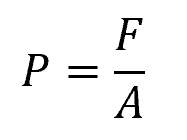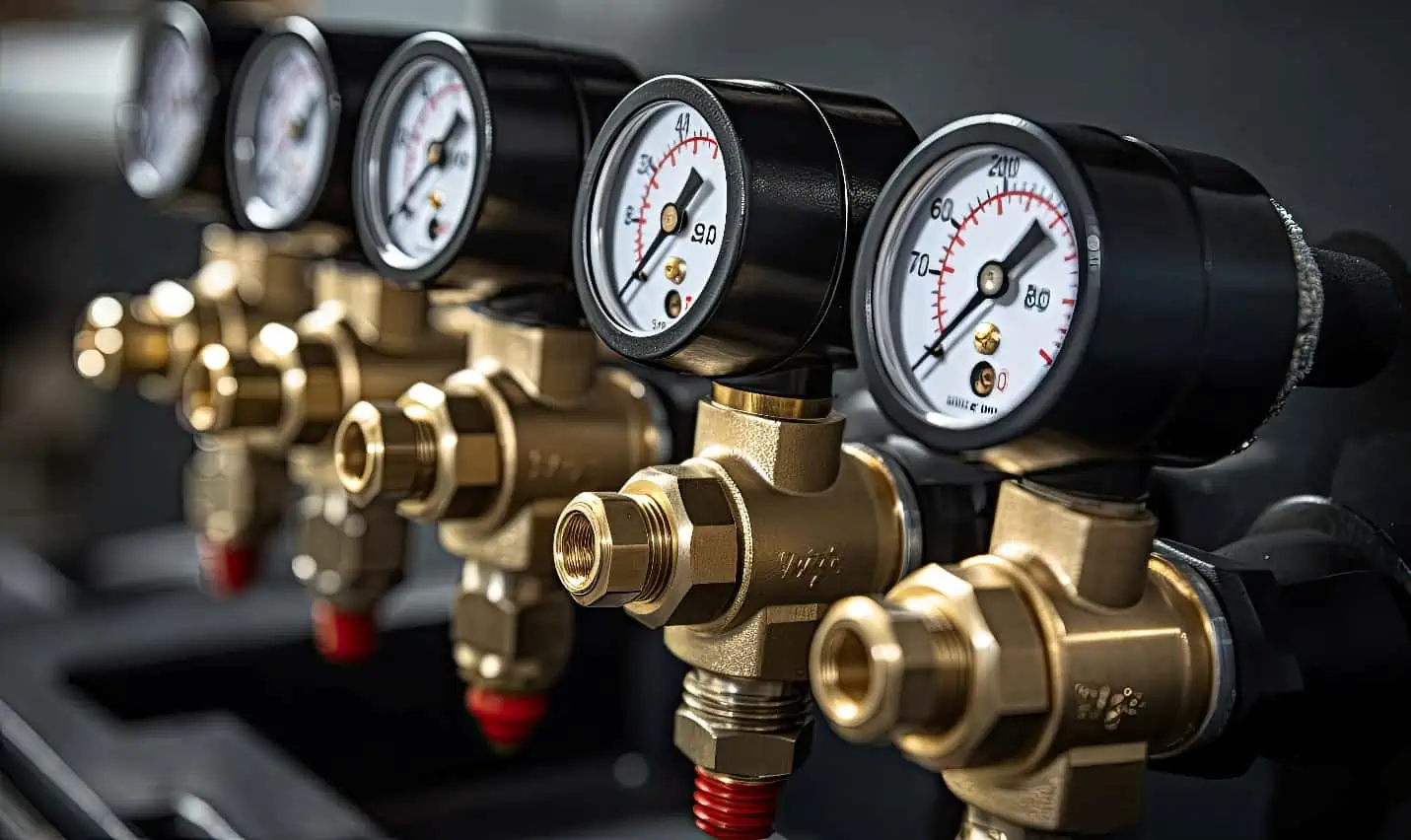Vacuum pressure refers to the pressure exerted by a vacuum, which is lower than atmospheric pressure. It is commonly measured in units such as torr, pascals, or inches of mercury, and represents the difference between the pressure inside the vacuum and the pressure of the surrounding atmosphere.

In this article, we will delve into the calculation, measurement techniques, applications, and significance of vacuum pressure in various industries.
What is Vacuum Pressure
In fluid mechanics, pressure is the force per unit area exerted by a fluid on the walls of its container or on an object immersed in the fluid. It is mathematically defined as:


Elevate Your Engineering With Excel
Advance in Excel with engineering-focused training that equips you with the skills to streamline projects and accelerate your career.
Where:
- P = pressure [Pa]
- F = force applied perpendicular to a surface [N]
- A = area of the surface [m2]
Different types of pressure can be defined depending on the point of reference or the environment. Vacuum pressure specifically refers to the pressure below atmospheric pressure. Atmospheric pressure is typically considered to be 101.3 kPa, and it is the pressure exerted by the weight of the air in the atmosphere.
When the absolute pressure in a particular region is lower than atmospheric pressure, it is termed as vacuum pressure. It is essentially the negative of gauge pressure, measured relative to the atmospheric pressure, as shown in the following formula:

Where:
- Pvacuum = vacuum pressure [Pa]
- Pgauge = gauge pressure [Pa]
- Patm = atmospheric pressure [Pa]
- Pabs = absolute pressure [Pa]
The relationship between these different types of pressure measurements is illustrated in the diagram below.

For example, if the absolute pressure inside a sealed container is half of the atmospheric pressure, it can be expressed as 0.5 atm vacuum. If the pressure is absolute zero, then it is called a complete vacuum.
Vacuum Pressure Measurement
Different instruments can be used to measure vacuum pressure, each with its specific range and principle of operation.
McLeod Gauge
The McLeod Gauge measures very low pressures by compressing a known volume of gas. It is based on Boyle’s Law, which states that pressure is inversely proportional to volume for a given mass of confined gas at constant temperature.
This gauge is accurate for pressures down to 10^-3 Torr. However, it requires calibration against a standard and is sensitive to the type of gas being measured.
Pirani Gauge
A Pirani Gauge consists of a metal wire exposed to the vacuum, which is heated by an electrical current. As the gas pressure decreases, the wire loses heat to the environment more slowly, which changes its electrical resistance. By measuring this resistance change, one can determine the vacuum pressure.
This type of gauge is suitable for medium vacuum ranges from 10^-1 to 10^-3 Torr.
Ionization Gauge
The Ionization Gauge operates by ionizing the gas in the vacuum and measuring the resultant ions. The most commonly used types are the hot cathode and the cold cathode gauges.
In a hot cathode ionization gauge, an electron emitted from a heated filament collides with a gas molecule, creating an ion. The number of ions produced is proportional to the pressure. These gauges are sensitive to pressures in the high and ultra-high vacuum ranges, typically from 10^-3 to 10^-11 Torr.
It is important to note that the ionization gauge readings can be affected by the type of gas present, requiring correction factors for accurate measurement.
Vacuum Pressure Applications
The creation of a vacuum involves the removal of gas molecules from a chamber, thus decreasing the internal pressure below atmospheric levels. This reduction in pressure below atmospheric is utilized in a variety of applications, ranging from those requiring fine control of environments, such as in scientific research, to robust processes in industrial settings.

The precise manipulation of vacuum pressure allows for the control of chemical reactions, deposition of thin films, and even the simulation of space conditions.
Industrial Processes
In industrial manufacturing, vacuum pressure is employed to create conditions suitable for processes like vacuum forming and vacuum packing. For example, thin plastics are heated and then shaped over a mold by a vacuum in vacuum forming, which is essential for producing lightweight and complex shapes. Vacuum packing utilizes vacuum pressure to evacuate air from a package, extending the shelf life of food products by reducing atmospheric oxygen, limiting the growth of aerobic bacteria or fungi, and preventing the evaporation of volatile components.
Semiconductor fabrication is another area where vacuum pressure is vital. Techniques such as sputter deposition and chemical vapor deposition rely on vacuum environments to deposit thin films of materials with precision. These processes are integral for creating the miniature and complex structures found in modern electronic devices.
Scientific Research
In scientific research, vacuum technology is utilized for a spectrum of applications, from high-energy physics to material science. Particle accelerators, like those used in quantum physics experiments, require a hard vacuum to minimize the interaction of particles with air molecules, ensuring accurate collision experiments. High vacuum conditions are also important in cryogenics where it’s used to reduce heat transfer caused by air.
Experiments conducted in space simulation chambers recreate the vacuum of outer space, providing a vital tool for testing the integrity of spacecraft materials and on-board systems. The ability to simulate these conditions on Earth is pivotal in aeronautics and astronautics research to ensure the safety and performance of spacecraft.
Medical Applications
Vacuum pressure is essential in surgical settings, where suction devices are utilized to maintain a clear operative field by removing blood, fluids, and debris, enhancing visibility and minimizing the risk of infection. In wound management, negative pressure wound therapy (NPWT) utilizes controlled suction to promote healing by removing excess fluid, reducing edema, and stimulating tissue growth. Additionally, vacuum-assisted closure (VAC) techniques have revolutionized wound care by accelerating the healing process, particularly in complex or chronic wounds.
Vacuum pressure also plays an important role in assisted reproduction techniques such as in vitro fertilization (IVF), where microfluidic devices manipulate gametes for fertilization and embryo culture, enhancing success rates. In endoscopic and laparoscopic surgeries, suction devices integrated into instruments clear internal cavities of fluids and debris, optimizing visualization and surgical precision. Moreover, vacuum pressure facilitates various laboratory procedures like centrifugation, filtration, and lyophilization, supporting research and diagnostics in medical science.
